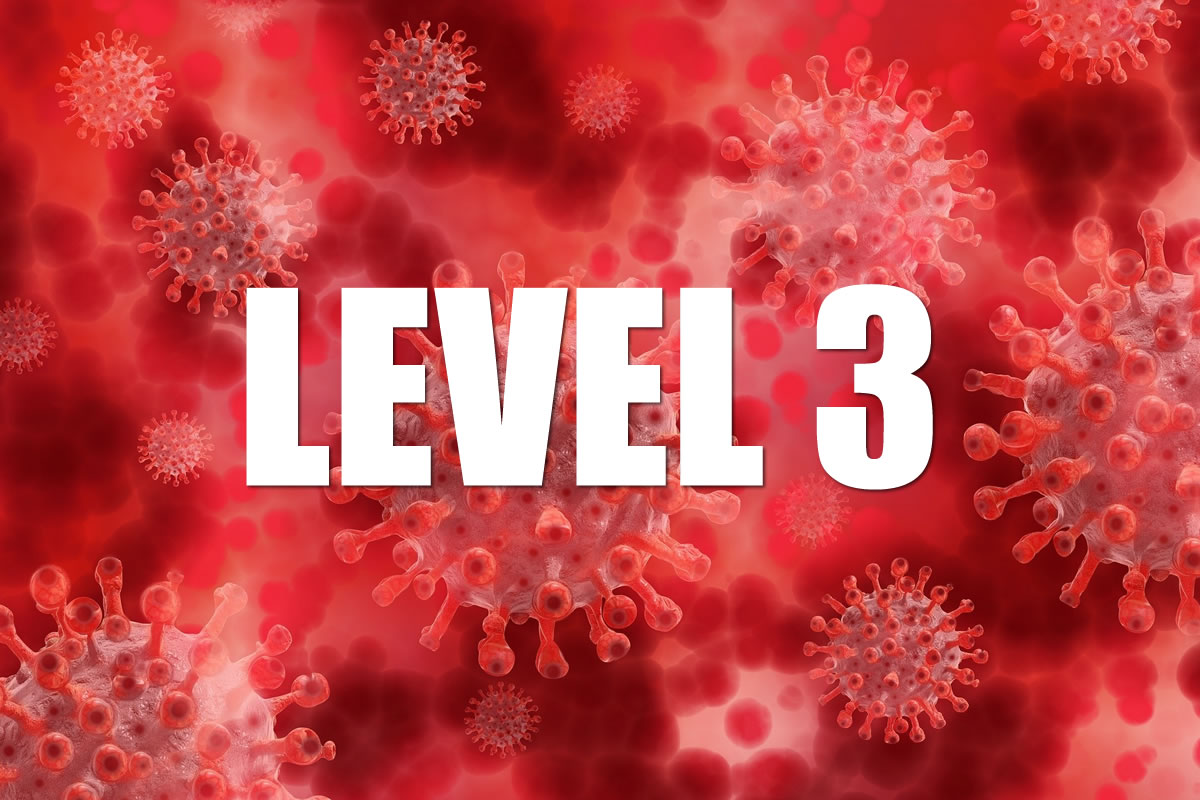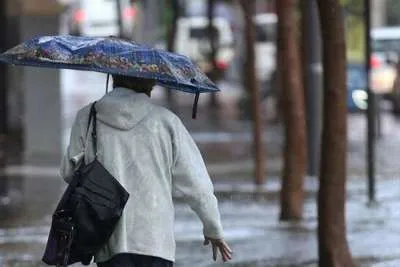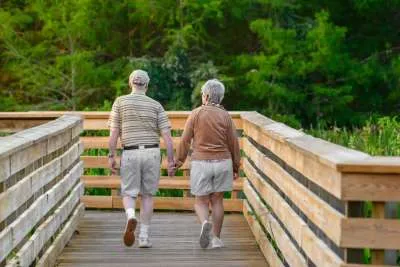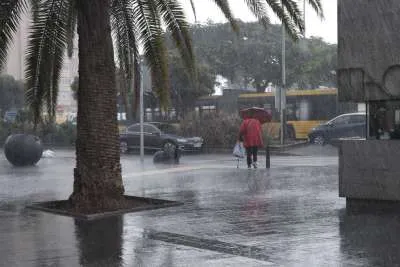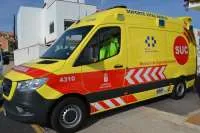Tenerife moves to Level 3 from midnight tonight
- 02-09-2021
- National
- Canarian Weekly
Following the first Governing Council meeting of September, the president of the Canary Islands Government, Angel Victor, has announced that Tenerife is moving to Level 3 due to the improvement in the epidemiological data of the island, joining Gran Canaria and Fuerteventura, meanwhile Lanzarote and La Palma go down to Level 1 and join La Gomera and El Hierro, with this taking effect from midnight tonight.
The Public Health report that the Governing Council analyzed this week reflects the sustained drop in the incidence rates in recent weeks. Specifically, in the Canary Islands as a whole, from August 25th to 31st, 1,203 cases have been reported, which represents a decrease in the daily average of the number of new cases, of around 33% in relation to the week before (August 18th-24th,when 1,791 cases were reported).
Even so, the General Directorate of Public Health insists that this fifth wave produced by the Delta variant has not yet ended and that the virus has not disappeared, therefore, the importance of vaccination and the maintenance of certain measures such as social distancing, capacity controls, and the use of masks in closed spaces and when the safety distance cannot be maintained, are paramount.
The report also shows that the number of daily deaths has begun to decline in recent days after a notable increase since the last week of July. So far there have been 17 deaths this week, which is 9 less than the previous week.
The number of conventional hospital beds occupied by COVID-19 patients is also in decline if we consider the whole of the Canary Islands where it has gone from a daily average of 239 occupied beds, to 217, and the number of occupied ICU beds also sees signs of a slight change in its evolution that began the previous week.
In the archipelago as a whole, it has gone from an average of 97 occupied ICU beds to 86 in the last week. In Tenerife the decrease is 5 beds on average and in Gran Canaria it is 6 compared to the previous week, and in Lanzarote in this period it ranges between 2 and 3 people admitted.
The median age of all people hospitalized for COVID-19 in the last 15 days is 59.5 years, decreasing almost 3 years compared to the previous evaluation. The median age of the people admitted to the ICU in the last 15 days is 58 years. 8.7% of those admitted to the ICU in the last 15 days are between 12 and 39 years old, this percentage has decreased significantly by almost 11 points.
Vaccination and reported cases:
Regarding the vaccination situation of those affected by COVID-19 in recent weeks, the report shows that 1,092 (34.74%) of the 3,143 new cases of COVID-19 reported during the last 2 weeks, had been fully vaccinated, and that 2,051 (65.3%) were not immunized (1 or no dose).
It must be remembered that in the Canary Islands the proportion of people vaccinated against the non-vaccinated is just the opposite, that is, more than 70% of the Canarian population is fully vaccinated compared to 30% who are not.
Of the 139 people admitted to Covid wards, 55% were unimmunized at the time of infection. 70% of the people admitted to critical units were without immunization. Therefore, the protection provided by the vaccine is reflected, both for the infection and for the severity of the disease (hospitalized and admitted to ICU).
Vaccination and previous pathologies:
64.8% of people admitted for COVID, and diagnosed in the last 14 days, had no previous pathologies. Likewise, in a similar percentage (56.5%), there was no evidence of the existence of previous pathologies in people admitted to ICU. On the other hand, 67% of those that died, had one or more previous pathology.
If the risk of infection by SARS-CoV-2 is analyzed using the IA7 rate, those referred to the last 7 days show that the risk of infection is 4 times higher in the unvaccinated population compared to those vaccinated.
Thus, while the IA7 rate in the unvaccinated population would be "bordering on" very high risk, in the vaccinated population the rate would be close to low risk. In other words, the IA7 in the Canary Islands is 59.7 cases per 100,000 inhabitants; that of unvaccinated people rises to 124.2 cases per 100,000 inhabitants and in vaccinated people it drops to 31.7 cases per 100,000 inhabitants.


